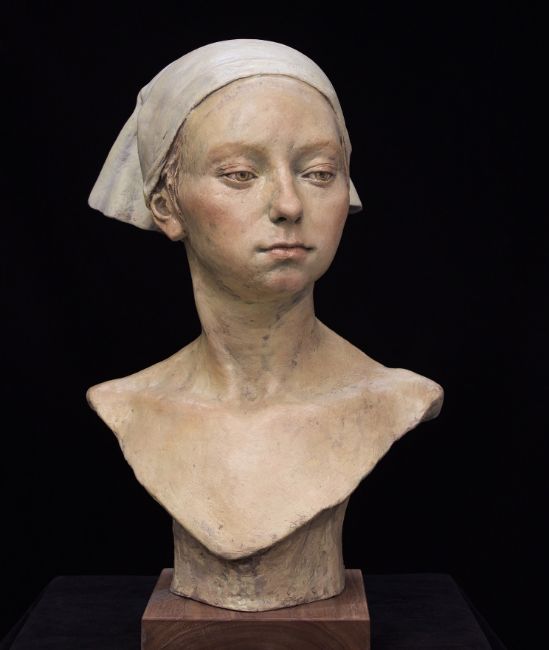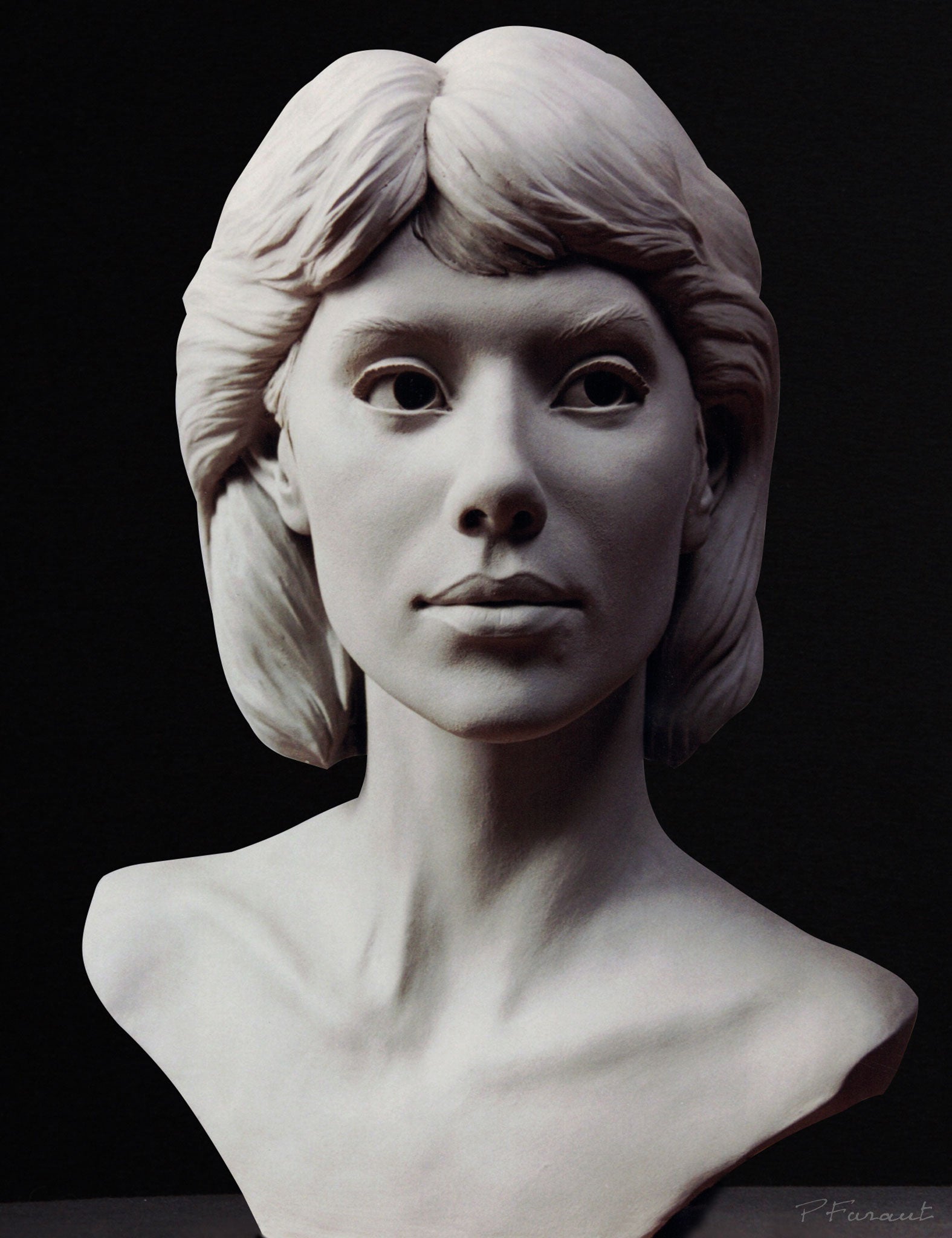Forming the Human Kind: Portrayals of the Body in Sculpture
Sculpting the Human Type: Portrayals of the Body in Sculpture is a detailed expedition of the imaginative representation of the human body throughout history. From the beautiful marble sculptures of old Greece to the detailed work of arts of the Renaissance, from the elaborate and flamboyant Baroque and Rococo sculptures to the avant-garde and abstract expressions of modern and contemporary sculpture, this exhibit supplies an exciting trip with the advancement of this classic art type.
Old Greek Sculptures

One of the defining attributes of Ancient Greek sculptures is their emphasis on balance. Each part of the body is carefully crafted to be symmetrical to the entire, producing a sense of balance and consistency. The artists paid mindful focus to every information, from the positioning of muscles to the positioning of limbs, making certain that each figure appeared both powerful and stylish.
The Greeks also valued the concept of idyllic beauty. Instead than portraying the flaws and problems of the human kind, they sought to produce an idealized version of reality. The sculptures usually portrayed professional athletes, sirens, and gods, with their bodies sculpted to excellence. Robert C Hitchcock Sculptor. This idyllic portrayal of the human type not only popular physical beauty however also functioned as a means of inspiring and uplifting the viewer.
Renaissance Masterpieces
Proceeding the expedition of the representation of the human form in sculpture, Renaissance work of arts better refine the idealized idea of elegance, building upon the in proportion and unified proportions of their Old Greek predecessors. During the Renaissance duration, which spanned from the 14th to the 17th century in Europe, musicians looked for to restore the classical ideals of old Greece and Rome. They researched and imitated the works of the ancient masters, making every effort for a realistic depiction of the body.
His work of art, the sculpture of David, exhibits the excellence and grace that ended up being synonymous with Renaissance art. Standing at over 17 feet tall, the sculpture represents the biblical hero in a state of tranquility prior to his fight with Goliath.
An additional notable Renaissance carver was Donatello. His sculpture of Saint George, produced in the very early 15th century, showcases the artist's capacity to share strength and the aristocracy via the human kind. The sculpture shows the fabulous dragon-slaying saint in a poised and certain position, exuding a feeling of heroism.
Renaissance masterpieces not only commemorated the physical elegance of the human body however likewise communicated deeper meanings and emotions. Via their precise attention to information and skilled craftsmanship, Renaissance sculptors raised the art of sculpture to brand-new heights, leaving a lasting legacy that remains to inspire artists to this day.
Rococo and baroque Sculpture
Rococo and baroque sculpture exemplifies the ornate and luxurious portrayal of the human form during the 17th and 18th centuries. Artists such as Gian Lorenzo Bernini and Alessandro Algardi created sculptures that conveyed activity, often depicting figures in dramatic presents.
Rococo sculpture, on the various other hand, arised as a reaction to the grandiosity of the Baroque duration. It accepted a more delicate and spirited approach, concentrating on complex styles and ornamental information. François Boucher and Jean-Baptiste Pigalle projected Rococo sculptors that crafted works characterized by their sophistication and charm. They usually portrayed figures in sensual and stylish presents, mirroring the lighthearted and wayward nature of the Rococo style.
Both Rococo and baroque sculpture placed a wonderful focus on the human form, commemorating its beauty and expressing a variety of emotions - Bronze Sculptures. Whether it was the dynamic and powerful numbers of the Baroque or the elegant and enchanting numbers of the Rococo, these sculptures recorded the significance of the human experience, leaving a long-term effect on the art world
Modern and Contemporary Sculpture
The evolution of sculpting the human type proceeds in modern and contemporary sculpture. With the introduction of brand-new products and strategies, musicians have actually pushed the boundaries of representation, challenging traditional ideas of form and charm. Modern sculpture arised in the late 19th century as an action to the altering social and political landscape. Musicians such as Auguste Rodin and Constantin Brancusi sought to catch the significance of the human type, stressing feeling and motion. Rodin's "The Thinker" and Brancusi's "Bird precede" are famous instances of this duration.
In the 20th century, the surge of abstraction and conceptual art brought new opportunities for artists. Artists like Henry Moore and Barbara Hepworth checked out the partnership between kind and space, developing abstracted and natural numbers that challenged standard notions of depiction. Moore's monumental bronze sculptures and Hepworth's sculpted rock jobs are commemorated for their ingenious use products and their capacity to stimulate a sense of the body in a non-literal means.
Contemporary sculpture proceeds to press the limits of depiction and discover brand-new products and strategies. Musicians like Antony Gormley and Ron Mueck create hyper-realistic sculptures that challenge our perception of the body, while others, such as Louise Bourgeois and Kiki Smith, make use of the body as a metaphor for collective and individual experiences. The human type remains an effective subject in sculpture, giving this post a platform for musicians to explore identification, feeling, and the human condition.
Social Point Of Views on the Body

In the exploration of forming the human kind, the evaluation of cultural point of views on the body reveals a varied and abundant tapestry of representations and interpretations. Throughout history, different societies have held one-of-a-kind ideas and values regarding the human body, leading to distinct artistic expressions - Robert C Hitchcock Sculptor. These cultural perspectives shape the method the body is depicted and viewed in sculpture, mirroring societal standards, religious ideas, and visual ideals
For circumstances, ancient Greek sculptures celebrated the idealized human kind, stressing physical elegance and athleticism. In contrast, old Egyptian sculptures focused on the preservation of the body in the afterlife, showing figures with idealized features and stiff positions.
Likewise, cultural perspectives on the body in African art typically stress public identification and spiritual beliefs (Portrait Sculptor). Sculptures from numerous African cultures portray the human body with overstated attributes, representing cultural values and ancestral connections. Indigenous cultures in the Americas additionally have distinct point of views on the body, commonly portraying it in a spiritual context and emphasizing the connection between human beings and nature
The examination of cultural point of views on the body in sculpture permits us to gain insight into the values, beliefs, and appearances of different societies throughout background. It highlights the diversity of human experiences and the methods in which art reflects and shapes our understanding of the human type.

Conclusion
To conclude, the representation of the human body in sculpture has advanced with time, mirroring various creative motions and cultural viewpoints. From the idealized numbers of Ancient Greek sculptures to the stirring and reasonable Renaissance masterpieces, and the complex information of Baroque and Rococo sculptures, to the abstract and speculative kinds of contemporary and modern sculpture. The human body has been a topic of fascination and creative expedition throughout history, showcasing the diverse interpretations and expressions of the human form.
Shaping the Human Type: Portrayals of the Body in Sculpture is a thorough exploration of the creative depiction of the human body throughout history. From the charming marble sculptures of ancient Greece to the detailed work of arts of the Renaissance, from the luxuriant and flamboyant Baroque and Rococo sculptures to the progressive and abstract expressions of modern-day and modern sculpture, this exhibition offers a fascinating trip via the advancement of this classic art kind. Musicians like Antony Gormley and Ron Mueck develop hyper-realistic sculptures that test our perception of the human body, while others, such as Louise Bourgeois and Kiki Smith, make use of the body as an allegory for cumulative and individual experiences. The human kind continues to be an effective subject in sculpture, giving a platform for artists to check out identity, feeling, and the human condition.
From the idealized numbers of Old Greek sculptures to the emotive and realistic Renaissance work of arts, and the detailed information of Baroque and Rococo sculptures, to the abstract and experimental kinds of modern-day and contemporary sculpture.